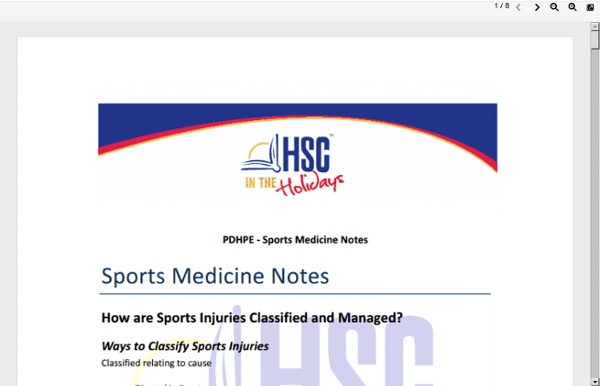



Sports Coach :: Climate control: acclimatising to the heat Author: Lisa Yates, Sports Dietitian, The Coaches Edge Issue:Volume 27 Number 1 Exercising in hot, humid conditions when the body is not accustomed to it can place the body under great stress. The demand for circulation to working muscles, which are producing heat, overtakes the need for blood flow to the skin to transport heat away from the body. As a result, body temperature rises. What is heat acclimatisation? The benefits of heat acclimatisation have been known for many years (Robinson 1967). What are the benefits of being heat acclimatised? Acclimatisation produces: a lower heart rate at a given heat and exercise stress level better maintenance of core body temperature reduction in the sweating threshold increased distribution of active sweat glands increased sweat rate an increased sweating sensitivity to increasing core body temperature a reduction in the loss of water and electrolytes from the kidneys (Robinson 1967). How can coaches ‘climate control’ their athletes? References
Thumb Taping - Thumb Strapping - Strap Thumb Health > Taping Techniques > Thumb Taping The following thumb taping techniques are designed to support the thumb and reduce stress on the thumb during activity. They can be used for both the treatment and prevention of thumb injuries. You should discuss the suitability of these thumb taping techniques with your physiotherapist prior to using them. Generally, they should only be applied provided they are comfortable and do not cause an increase in pain, discolouration, pins and needles, numbness, swelling, itchiness or excessive redness of the hand, wrist, fingers or thumb. What sort of tape should be used to tape my thumb? There are many different tapes and bandages available for use by physiotherapists and patients. Benefits of Thumb Taping When used correctly, thumb taping techniques can: Aid healing of thumb injuries. Indications for Thumb Taping It is generally beneficial to tape a thumb in the following instances: When should I avoid Thumb Taping? Thumb Taping Techniques Anchor Side Loop
Ankle Taping - Ankle Strapping Health > Taping Techniques > Ankle Taping The following ankle taping techniques are designed to support the ankle and reduce stress on the ankle during activity. They can be used for both the treatment and prevention of ankle injuries.You should discuss the suitability of these taping techniques with your physiotherapist prior to using them. Generally, they should only be applied provided they are comfortable and do not cause an increase in pain, discolouration, pins and needles, numbness or excessive redness of the foot and ankle. What sort of tape should be used to tape my ankle? There are many different tapes and bandages available for use by physiotherapists and patients. Benefits of Ankle Taping When used correctly, ankle taping techniques can: Indications for Ankle Taping It is generally beneficial to tape an ankle in the following instances: When should I avoid Ankle Taping? Ankle taping should be avoided in the following instances: Ankle Taping Techniques Anchor Figure 1 – Anchor Stirrups
Are sports drinks better than water when exercising? - Health & Wellbeing A: Sometimes, it depends on the individual situation Our expert: Profesor Louise Burke and Professor Clare Collins Published 21/07/2011 [Image source: iStockPhoto] Should you take a bottle of sports drink down to the gym when you do that hour's aerobics class? Will you feel ill effects without it? Well, whether you would benefit from consuming a sports drink depends on the events you are taking part in and your goals, says Professor Louise Burke of the Australian Institute of Sport. Sports drinks typically contain water and electrolytes (usually sodium and potassium) for rehydration and carbohydrates (as sugars) for energy. They were invented in the 60s to replenish fluid and provide extra fuel for intense sporting activity of a long duration (more than 90 minutes). "If you're in the gym pedalling to lose weight while you read a magazine, then you don't need a sports drink, just drink water," says Burke, who runs the nutrition program for the elite athletes at the institute. Use water: